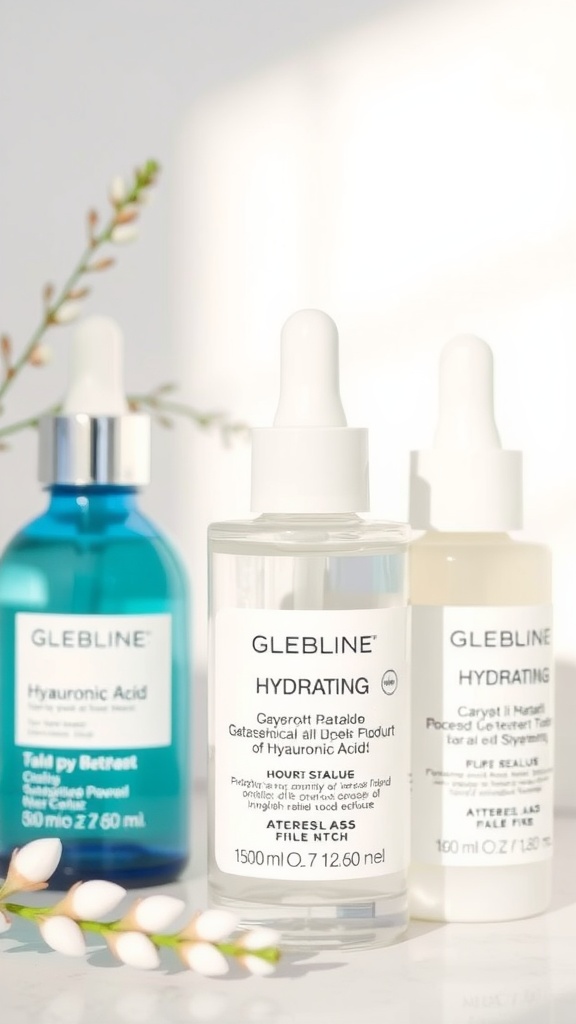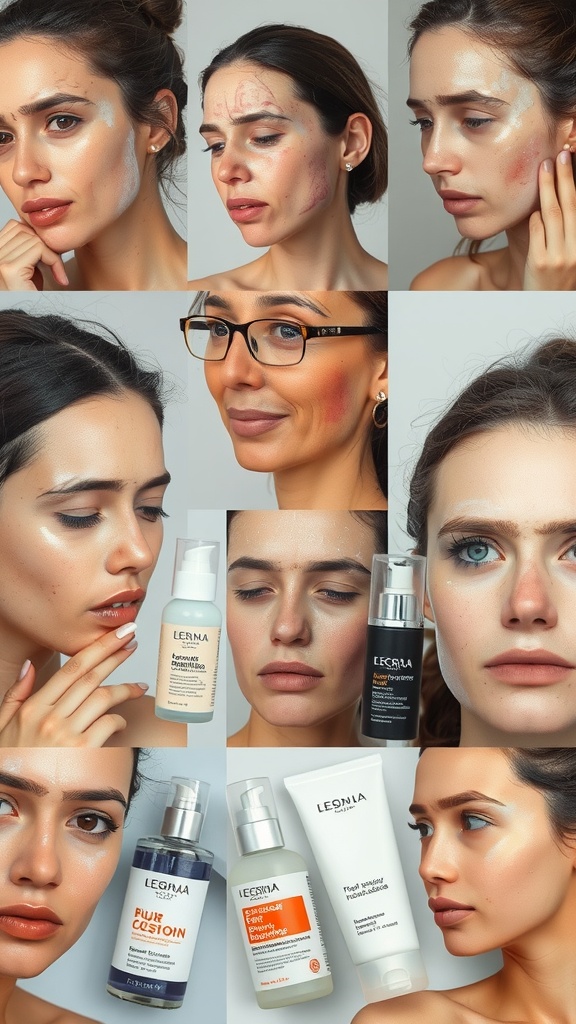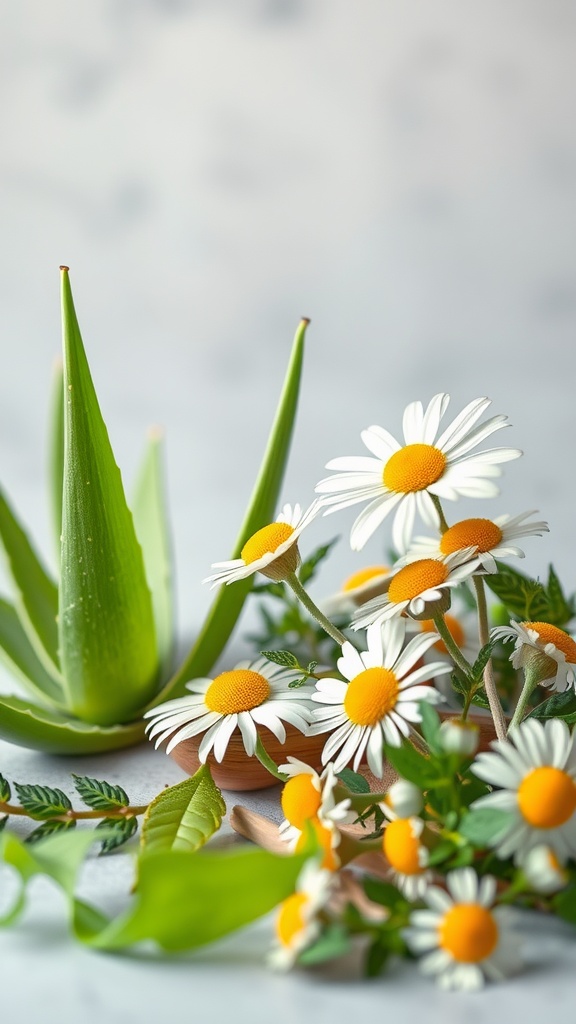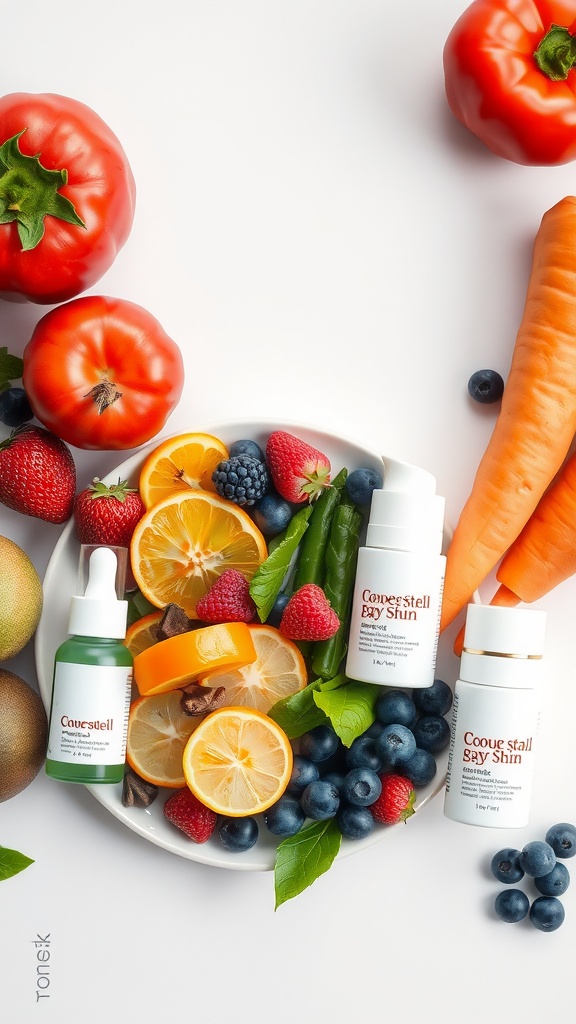10 Essential Skincare Tips for All Seasons

Skincare doesn’t have to be complicated. With the right tips and tricks, you can keep your skin glowing and healthy throughout the year. Here are 20 gentle skincare tips that are easy to follow, no matter the season, to help you maintain that radiant complexion you deserve.
Seasonal Skin Routine Adjustments

When the seasons change, so do our skin’s needs. The image shows a skincare calendar, a handy tool for keeping track of your routine throughout the year. Each month brings different weather conditions, and our skin reacts uniquely to those changes.
In winter, our skin often feels dry and tight. A richer moisturizer and more hydrating treatments can help. Spring brings pollen and warmer days, making it a good time to switch to lighter products to avoid breakouts.
Summer calls for sun protection and lightweight formulas. Consider gel-based moisturizers to keep your skin fresh. As autumn rolls in, you might want to start incorporating products with antioxidants to prepare for the colder months ahead.
Nourishing Masks for Winter and Summer

When the weather changes, so should your skincare routine. Masks can be your best friend, especially in extreme climates. In winter, a hydrating mask is essential to combat dryness. Look for ingredients like hyaluronic acid and aloe vera. They lock in moisture and give your skin a refreshing boost.
In summer, opt for lightweight masks with cooling properties. Ingredients like cucumber and green tea can help soothe sun-kissed skin. They keep your face feeling fresh and hydrated without weighing it down.
The image shows a beautiful arrangement of masks, perfect for any season. The soft colors and natural elements like pinecones create a relaxing atmosphere. It reminds us to take a break and pamper ourselves with some skincare love.
Remember, taking care of your skin is not just about products. Make it a ritual! Light a candle, play some soft music, and enjoy your time. Your skin will thank you for it.
Exfoliation Frequency According to Season

Understanding how often to exfoliate is key for glowing skin year-round. The image illustrates a seasonal guide for exfoliation frequency, showing different recommendations based on the time of year.
In winter, for instance, skin tends to be drier, so exfoliating less often can help retain moisture. The chart suggests a gentle approach, with fewer sessions compared to the more humid summer months when skin might benefit from more frequent exfoliation.
Spring and fall strike a balance. These seasons allow you to adjust based on how your skin responds. Generally, every two weeks is a safe frequency during these transitional periods. Finding what works best for your skin type is always a good idea.
Keep in mind that exfoliation helps remove dead skin cells and promotes cell turnover. This will keep your skin fresh and responsive to other skincare treatments.
Moisturizing for Different Climates

Climate plays a big role in how our skin feels and reacts. The image captures two contrasting environments: a dry climate on top and a humid one below. On the dry side, we see barren trees and a dusty landscape, while the humid side showcases lush greenery and vibrant palm trees. This visual contrast serves as a reminder of how different climates require different skincare approaches.
In a dry climate, your skin can lose moisture quickly. Using a rich moisturizer can help lock in hydration. Look for ingredients like hyaluronic acid and glycerin. These are great for drawing moisture into the skin. On the other hand, in a humid climate, your skin may be oily and prone to breakouts. A lighter moisturizer or a gel-based product can keep your skin hydrated without feeling heavy.
Understanding your climate is key. If you live in a dry area, consider using heavier creams in the colder months. For humid climates, lighter formulations work best year-round. Adapting your skincare routine to match your environment can make a huge difference in how your skin looks and feels.
Hydrating Ingredients to Look For

When exploring hydrating ingredients for your skin, products like those shown in the image can be a great start. The display features various serums that emphasize hydration, showcasing the importance of ingredients like hyaluronic acid.
Hyaluronic acid is known for its ability to hold moisture, making it a key component in many skincare routines. It’s perfect for all skin types, helping to keep the skin plump and dewy.
Look for serums that highlight their hydrating properties, like the ones in the image. They often come in convenient dropper bottles, allowing for easy application. A few drops can go a long way in providing that boost of moisture your skin craves.
Incorporating such hydrating products into your daily routine can make a noticeable difference. They work well under makeup or can be used alone for that fresh-faced glow. Pay attention to the labels and choose products that suit your skin needs.
Importance of Sun Protection Year-Round

Sun protection is vital, no matter the season. The image showcases a variety of skincare products, particularly those aimed at shielding your skin from harmful UV rays. You can see bright, cheerful packaging that embodies the essence of sun protection. Having these products easily accessible serves as a reminder to use them regularly.
The sun shines year-round, and its rays can impact your skin even on cloudy days. The items in the picture, including lotions and creams, are designed to provide defense against UV damage. Using sunscreen every day helps prevent premature aging and skin issues like sunburn and discoloration.
Make it a habit to apply sunscreen before heading out, even if it’s chilly outside. This simple step can make a big difference in maintaining healthy skin. So, whether you’re skiing in winter or lounging by the pool in summer, never skip that sunblock!
Gentle Cleansing Techniques for Sensitive Skin

Taking care of sensitive skin can be tricky, but gentle cleansing can make a world of difference. The image shows someone using a soft cloth to wipe off cleansing foam, showcasing a simple yet effective method for maintaining skin health.
When cleansing, it’s best to use a mild cleanser that won’t irritate the skin. Look for products that are fragrance-free and formulated for sensitive skin. Apply a small amount of cleanser to your fingertips and gently massage it into your skin. Avoid scrubbing, as this can cause redness and irritation.
The person in the image is using a soft cloth, which is a great way to remove any cleanser without causing additional friction. It’s important to be gentle during this step to keep your skin calm and balanced.
After cleansing, rinse with lukewarm water, as hot water can strip away natural oils. Pat your skin dry with a clean towel, and remember to treat your skin with kindness. Following up with a gentle moisturizer can help keep your skin hydrated and happy.
Signs Your Skin Needs Extra Care

When your skin shows signs of needing extra attention, it’s essential to recognize those clues. The image captures various expressions and skin conditions, illustrating the importance of skincare products in addressing these needs.
Look for dryness or flakiness, which often means your skin is thirsty for moisture. If your skin feels tight or appears dull, it might be time to switch up your routine. The presence of redness or irritation can also indicate that your skin isn’t happy and needs soothing products.
In the image, the focus on skincare products highlights how specific treatments can help rejuvenate tired skin. Different formulations can target various issues, from hydration to calming irritation.
Another sign to watch for is breakouts. They can signal that your skin is overwhelmed and needs a break from heavy products. Choosing lighter, non-comedogenic formulas can help clear things up.
Lastly, if you’re using the same products without seeing results, it might be time to reassess. The right ingredients can make a huge difference.
Natural Remedies to Soothe Irritated Skin

When your skin feels irritated, natural remedies can be a gentle and effective option. The image beautifully captures aloe vera and cheerful daisies, both known for their soothing properties. Aloe vera, with its lush green leaves, is a popular choice for calming skin. It hydrates and reduces inflammation, making it perfect for sunburns or minor irritations.
Daisies, on the other hand, bring a bright touch and are often used in herbal remedies for their anti-inflammatory effects. Combining these two can create a lovely, calming balm for your skin. Think of a simple DIY remedy: mix fresh aloe vera gel with crushed daisies to create a soothing paste.
Apply this mixture gently to the irritated areas. Allow it to sit for about 15 minutes for maximum benefit. Rinse with cool water, and feel the relief as your skin begins to calm. Keeping natural ingredients like these on hand can be a wonderful way to care for your skin throughout the seasons.
The Role of Diet in Skin Health

Your skin is a reflection of what you eat. The colorful array of fruits and vegetables in the image highlights this perfectly. Fresh tomatoes, strawberries, blueberries, and carrots are not just tasty; they are packed with vitamins and antioxidants that nourish your skin.
Tomatoes are rich in lycopene, which helps protect the skin from sun damage. Strawberries and blueberries provide vitamin C, essential for collagen production. Carrots, full of beta-carotene, can give your skin a healthy glow. Eating these vibrant foods can help you maintain that radiant complexion.
The skincare products in the image complement these natural ingredients. They often include similar nutrients to help hydrate and protect the skin. Pairing a healthy diet with the right skincare can lead to amazing results.
Incorporating a variety of fruits and vegetables into your meals is an easy way to boost your skin health. Start with a colorful smoothie or a fresh salad, and watch your skin thrive!
